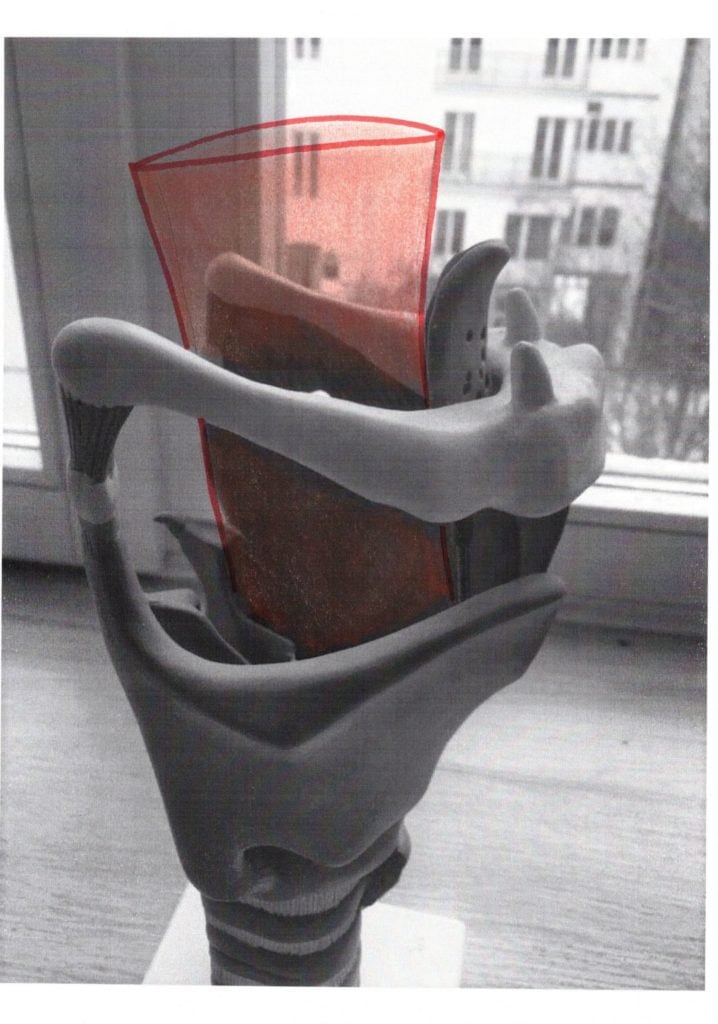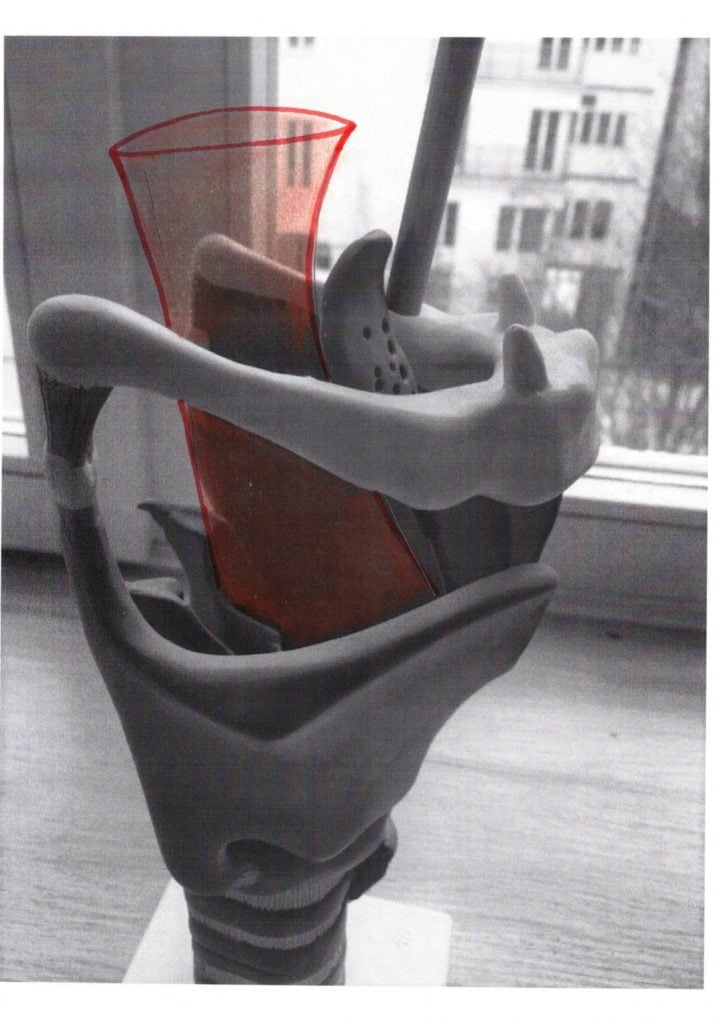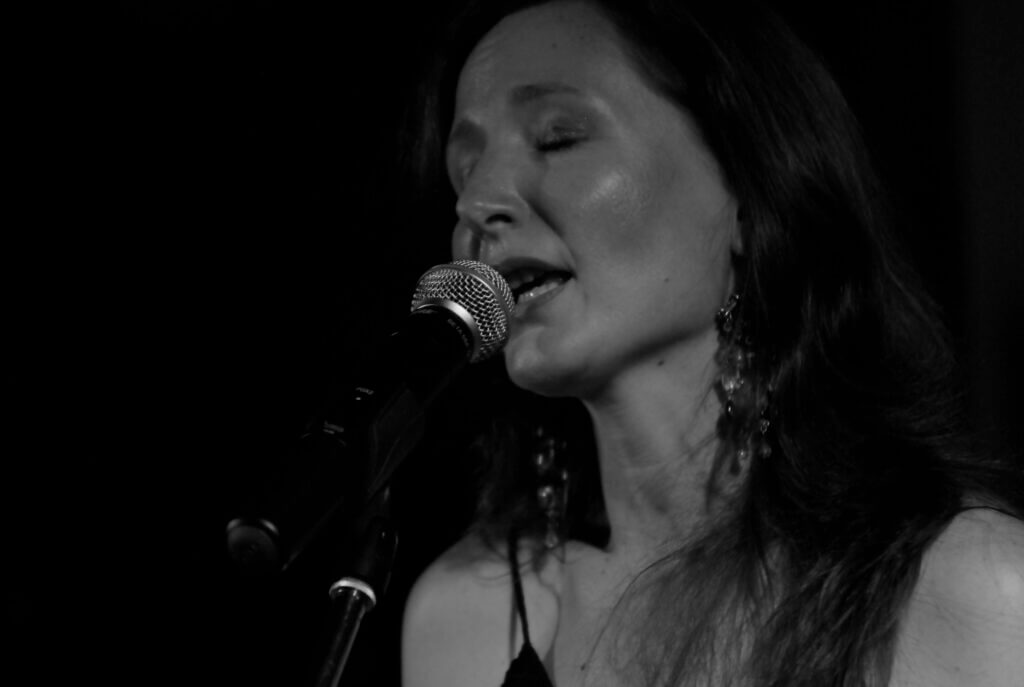One of the most frequently asked questions in my classes is:
What is twang?
Often, especially with beginners, the voice slips backwards and loses its presence - especially in the head voice. The so-called twang sound counteracts this by making it possible to place the sound as far forward as possible.
The twang sound helps you to think in sounds when singing, which makes it easier for the male voice in particular, Chest and head voice to connect. In addition, the twang sound is an indispensable tool to strengthen the vocal cords, to sing in the high register without pressure and to acquire belting (full, loud voice in the high register).
The sound orientation for practising twang is the querulous baby that wants attention ("baby cry"). As a prime example of a typical twang sound I work with beginners on the umlaut "ä". From the beginning, the pupils make sure to pull up the soft palate and not to pull the tongue back. When singing with the twang sound, it is important to automate this so that the pupils do not start to nasalise when singing.
How is the sound created?
Physiologically, the twang sound is produced by a narrowing of the space between the epiglottis (epiglottis) and the cartilage of the vocal cords (arytenoid cartilage): the epiglottis is tilted towards the arytenoid cartilage.
The narrowing is caused by contraction of the aryepiglottic fold (a sphincter muscle). This is part of the swallowing movement, during which the epiglottis tilts all the way back, closing the trachea. Pictured here:


When speaking and singing softly, the aryepiglottic space is usually wide open. The narrowing of this space makes the sound of the voice sharp and bright, hence the word "twangy".
In addition, the part of the sound spectrum between 2,000 and 4,000 Hz, where the singer's formant lies, is amplified. This part of the sound spectrum is responsible for the carrying capacity of the voice. In addition: the external auditory canal has a natural resonance of its own in the range of about 3,000 Hz. Therefore, our ears perceive the frequencies amplified in the twang as additionally loud.
This has great advantages for singing with twang. The voice becomes louder in the area of the singer's formant, where it is particularly load-bearing, without burdening the vocal cords with more air pressure or more vibrating mass. On the contrary: by narrowing the aryepiglottic space, you need less air pressure from below and can thus 'boost' the carrying capacity and volume of the voice without putting additional strain on the vocal cords. In short: maximum output with minimum vocal input. The Twang thus contributes to lasting vocal health. This makes it indispensable for the stage voice and is used in different gradations, depending on the style. Use the twang sound as an important building block to make your voice a more flexible and more powerful singing voice Build up.






